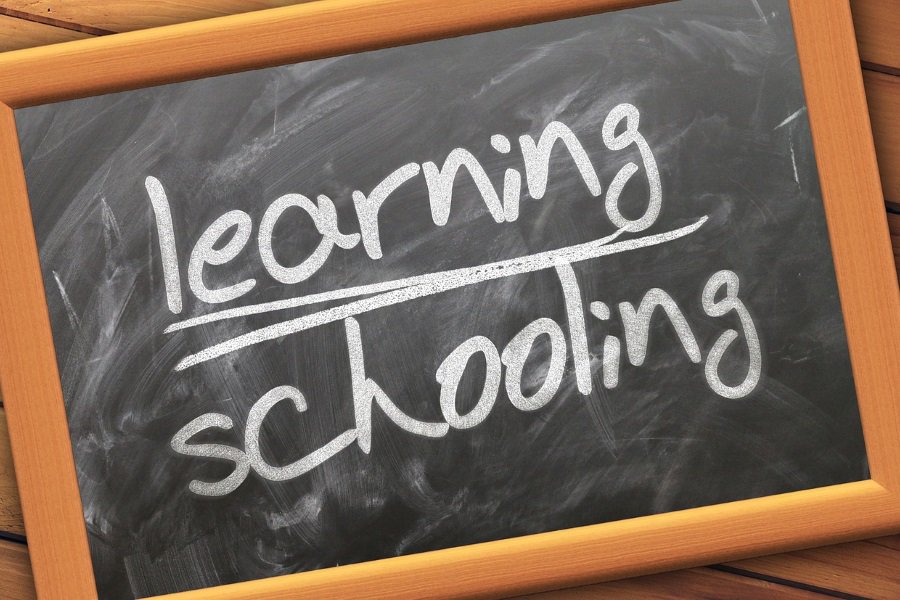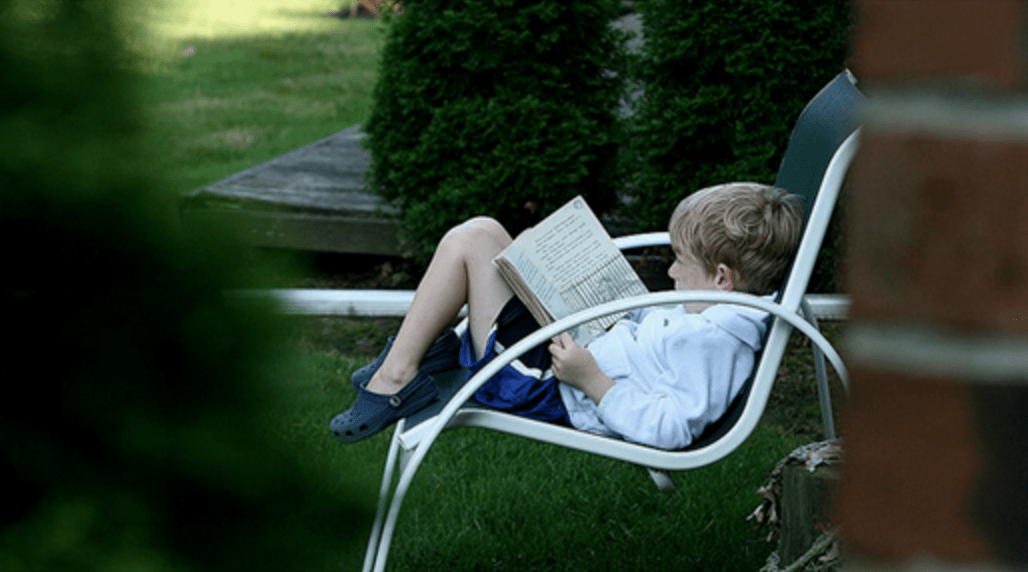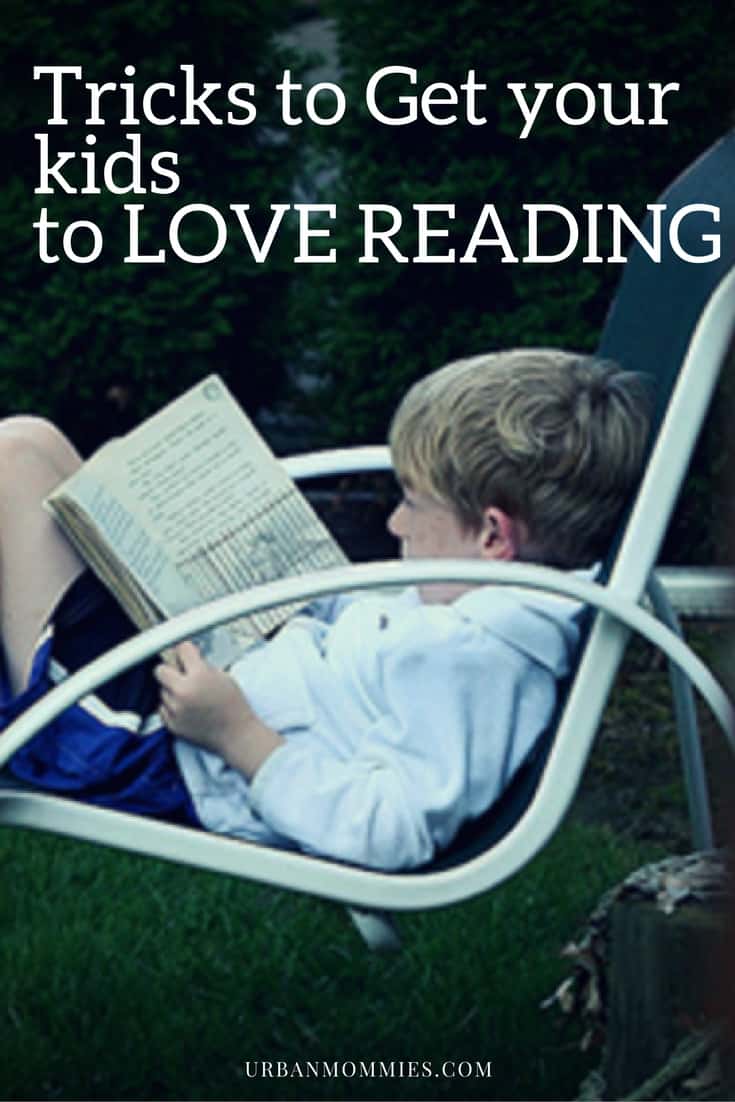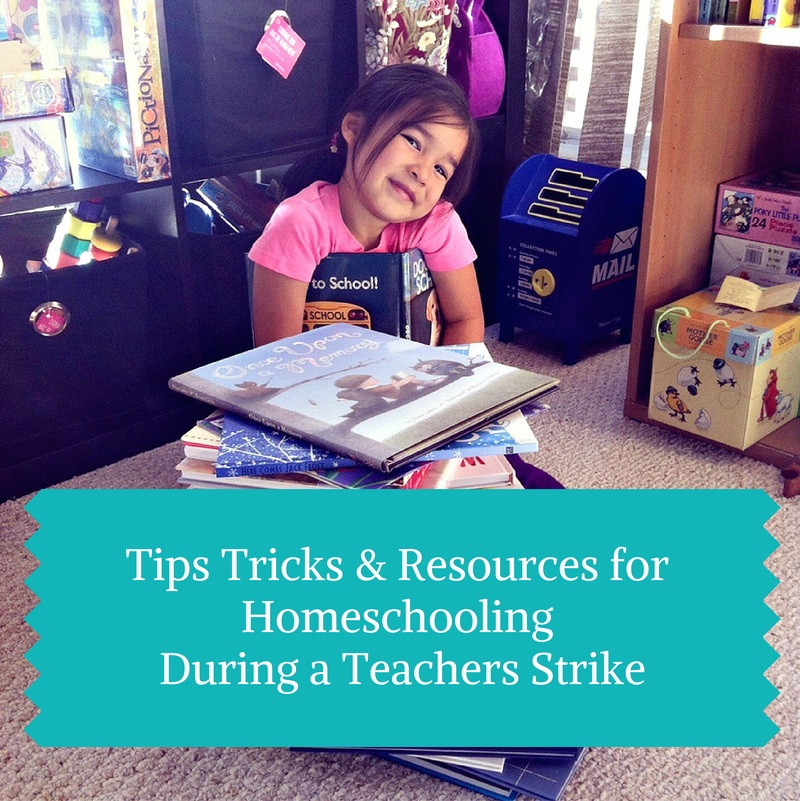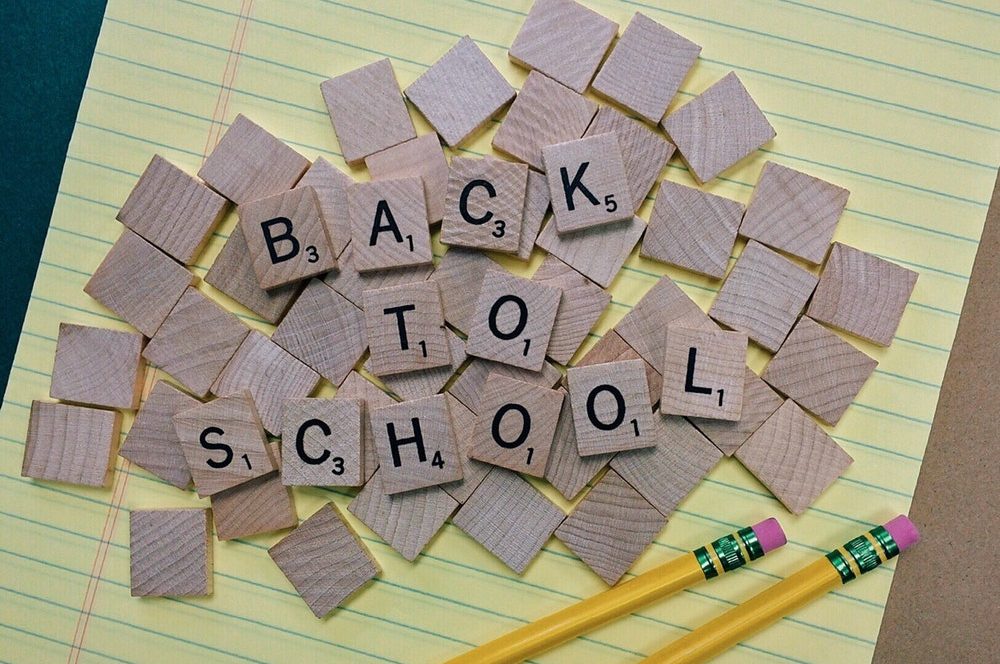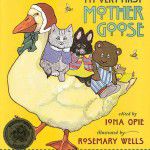The school library, the one period of the day or week when you didn’t have to worry about “work”, because being in the library doesn’t feel like “work” because you’re surrounded by books. School libraries full of books can instill a love of travel. They can teach about social injustice. You can learn about exciting people who live amazing lives.
Dyslexia can be described as a learning disability which prevents a person from reading, writing, spelling and even speaking sometimes. It is an impairment that is easy to find in children and it can last throughout the person’s life. The categories of this disability range from mild to severe; the earlier it is treated in a child, the better the results that are obtained. The condition is caused by the brain’s inability to translate or convert images or sensory impulses received from the eyes or ears into useful understandable information or language.
Convincing your kids to start enjoying reading books is an extremely important thing to do as a parent. Sometime in the future, it will be worth the investment of time and energy. Reading is learned in school however most kids associate this endeavor with something that it work-related, and not with something done for pleasure. Consequently, their desire to read is lost; and that’s exactly what should entice them – the interest and curiosity to see what books have to offer.

1. Read books to your kids out loud
One of the most productive and efficient ways of encouraging kids to start loving books is to read them stories out loud. The sooner you start the better. Make reading a special time spent together on a daily or weekly basis, and share the pleasures of unfolding the mysteries of a good story. A well-written book for kids can be an incredible delight, and with a bit of luck you might even have a bookworm child.
2. Allow kids to choose
Convince your kids to start reading by offering them books they can understand. This way, if they enjoy it they will ask for another one. It’s important to allow toddlers to choose; this creates excitement and motivation. Comics, vampires sagas, sports books are all excellent choices. And since technology prevails, allow them to use an e-book or tablet to read. Colorful images help boost the experience and thus make them enjoy the story a whole lot more.
 3. Set up a book nook
3. Set up a book nook
Have you ever thought of setting up a book nook for your child? Organize it properly to entice the senses of your little one. Colorful cushions placed on a comfortable sofa with underneath open shelves for book storage is an excellent idea. Use your imagination with these storage spaces and fill it with new books weekly. Don’t forget to include proper lighting; it would be great if you could arrange the book nook by a window.
4. Be a role model
When they’re little, kids like to imitate their parents in their daily chores. If your child sees that you prefer to read a good book before bedtime rather than watch TV, they will become curious. Have the patience to answer all their questions and you might convince them that reading is fun and interesting. Encourage them to choose a book and start reading, too. Make this activity a 1-hour reading session before bedtime, and in a few months the results will be amazing.
5. Make reading fun
Don’t force your kids to read whole books, and start slow. Begin with short stories, use book charts to explain ideas or paragraphs they haven’t understood in the first place, and have enough patience to explain words and phrases that seem challenging to grasp. Use post-its for challenging words and stick them to the fridge; this way your child will also learn new words daily.
 6. Use technology to draw attention
6. Use technology to draw attention
Today’s kids are part of the new generation. They’re not used to actual books; their school notebooks are either a tablet or a laptop, and as soon as they get home, they see parents using some sort of smart device too. Rather than ban technology, you should embrace it. Kindles, nooks and other ebooks are great devices. Allow children to use them to read stories and they might develop a passion for reading as an activity. As they grow older, they might even end up appreciating real books too.
There are numerous other tricks parents can use to convince their kids to read. It’s all about making this activity seem fun and engaging. Don’t force a child to read a book because he will grow up thinking you’re punishing him for something. Make this whole endeavor seem fun; the safest way to do this is to select great books and stories. Start reading out loud and really dive into the subject. A cool trick to preserve the engagement is to stop reading right when things get interesting. This way, your toddler will want to know more. He will be curious and he will impatiently wait another day for you to finish the story, and start a new one.
We chatted with homeschooling expert Lisa Marie Fletcher, the creator of The Canadian Homeschooler and asked her to share some tips and tricks for parents who want to homeschool during the strike.
 10 Tips and Tricks for Homeschooling During a Teachers Strike:
10 Tips and Tricks for Homeschooling During a Teachers Strike:- Don’t go out and spend a ton of money on curriculum and materials. Try to keep it free/cheap and easy. In case the strike ends earlier than expected, or your child doesn’t learn the way that curriculum works, you don’t want to be out a lot of money.
- Expect that your school day isn’t going to look or feel the same as it is in a school setting. It won’t take as long (you might be done before lunch!), and you can sit on a couch or the floor (or in the tree!).
- Decide if you are going to simply follow your child’s interests and encourage them to learn as much as they can about it, or if you are going to try and follow the expectations of the government learning outcomes for their grade level. BC curriculum packages by grade can be found here.
- If you want to follow the guidelines, don’t stress too much about exact details or trying to figure out what each detail means. Look at the overall topic and use that as a way to start your plan. For example, in Grade 3 science they study plant growth. Plant a bean seed. Watch it and record the changes as it grows.
- Use local assets to your advantage – the library, museums and art galleries, tourist attractions, historical centres, etc. Read a lot. Play outside a lot. Learn together.
- Daniel Roizman of Hiyu had a few great suggestion for parents – Ensure you learn how to tether your laptops to your phones so they can work and homeschool from anywhere. Kids can get extra focus while camping or being on the beach.
- Have the kids watch a movie, then write a report on it and do a bit of research before too.
- Cooking – plan dinner. Have your child pick a theme (mexican, bbq, etc.), research recipes, make a list of ingredients, go shop and then prepare. You can also spread it across a few days (planning day 1, shopping day 2, cook day 3). Include some info on nutrition, organic or gmo and turn it into a science and math project.
- Our publisher was on CTV news with a few more suggestions of ideas for learning while helping the household. A few neat ideas included exploring impressionist and Mondrian-styled art in colours of the kids bedrooms, leaning about chemical reactions and preserving through canning, using a swiffer duster for a cleaning competition, making fairy houses for the garden, and scrapbooking and writing summer vacation memories.
- We also love the stop-motion lego app to inspire creativity and hone film-making skills.
 Considering homeschooling? Here are some great resources to help you get started:
Considering homeschooling? Here are some great resources to help you get started:- The Canadian Homeschooler– A site dedicated to sharing and providing Canadian resources to homeschooling families including Canadian materials, curriculum, products and websites that are relevant and useful to families across the country in their home education journeys.
- Kids Activities Blog– A site created by a part-time homeschooling mom who shares activities that she has both created and collected for her sons education.
- Reading A-Z– Thousands of downloadable, projectable, printable teacher materials, covering all the skills necessary for effective reading instruction.
- Teachers Pay Teachers– On this site, real teachers sell activity sheets and curriculum plans that they have created for a variety of subjects.
- Khan Academy– Provides “a free, world-class education for anyone, anywhere.” Subjects include math, science, arts and humanities, chemistry, computer science and more. For beginner learners to adult education.
- StarFall– A wonderful online tool that can be used on the computer or ipad to teach kids to read with phonics.
- Time For Learning- A student-paced online educational tool covering preschool through high school. Popular as a homeschool curriculum, an afterschool alternative to tutoring, and for summer skill building.
- Super Teacher Worksheets– Printable worksheets for teachers, parents, tutors, and homeschool families.
- Happy Hooligans- A website for arts, crafts and activities for kids from Toddler to Preschooler.
- World As We Knew It- Read your way through Canadian history with Canadian literature.
- World Bank of 1200 high-usage words for spelling.
 Earlier this year, a letter sent by a child to the LEGO toy company went viral. Seven-year-old Charlotte complained about the lack of opportunities for the LEGO girls available at her local toy store. She noticed that the girl figures only visit the beach and the shops, while LEGO boys have interesting jobs and even save lives. LEGO wrote back, adding to the story’s viral appeal and confirming for Charlotte that her questions were worthy of a response.
Earlier this year, a letter sent by a child to the LEGO toy company went viral. Seven-year-old Charlotte complained about the lack of opportunities for the LEGO girls available at her local toy store. She noticed that the girl figures only visit the beach and the shops, while LEGO boys have interesting jobs and even save lives. LEGO wrote back, adding to the story’s viral appeal and confirming for Charlotte that her questions were worthy of a response.
Why are we so pleasantly surprised when a child chooses to speak out? Children have a built-in sense of what’s ‘fair’ or ‘unfair.’ E-mail, Twitter and Facebook provide endless opportunities for any child who can spell to ask questions of companies, organizations and governments.
Here are five ways to your children thinking (and writing) about fairness this summer:
1) Help them feel heard: If a child feels something they see is unfair, encourage them to share more about their feelings. It doesn’t have to be global warming. Charlotte’s concern was simple, personal and right in front of her.
2) Ask them questions: Don’t end the conversation with “Yes, that’s sad.” There are many things to wonder about together. “I wonder who made the decision for this to happen?” or “Who do you think it hurt by this?” are great ways to keep them thinking.
3) Encourage them to write: Some questions you can answer; others you can’t. Help your child figure out who would be best to write to. Is it a toy company, a company that’s polluting the lake, or your municipal government?
4) Praise them for speaking up: Writing to a group of unknown adults can take courage, and your child deserves praise for taking the leap.
5) Broaden their horizons: Share age-appropriate news stories and issues with them. They may develop an interest in helping threatened animals (www.worldwildlife.org) or children who work to make our clothes or chocolate (www.nochildforsale.ca).
You may receive more than you bargained for the next time you announce bedtime, but you’ll certainly be impressed with their arguments!
Disclosure: This article was made possible through a partnership with World Vision Canada. #NoChildForSale
The end of August marks a special time. (And not only because the fall fashion issues are so thick). With the little ones returning back to school for a new year and a fresh start, Moms can’t forget that they deserve a bit of a refresher too. You get them to school. You’re the activity chauffeur and playdate secretary. School lunch chef, homework enforcer. We know that’s just a few of your duties. Here are a few of our Back to School Picks for the moms out there.
Back to School Picks for Mom
1. Shoes: Gentle Souls, (a Kenneth Cole brand) are comfortable, practical and stylish. And if you like science, their technology is based on displaceable solids comprised of – deerskin lining, NASA developed memory foam called PORON, flax seeds pillows & rubber soles. Bottom line, they are so comfortable! www.gentlesouls.com
Top 12 Summer Reads for Kids Under 6
On those lazy days at the beach, what better way do you have to connect with your children than through learning fun. When you’re not writing letters in the sand and counting incoming waves, lay down under an umbrella and jump into one of these stories. Here are our picks for the under-six set. (Just don’t get so involved you forget to reapply the sunscreen).
1. Here Comes Hortense, by Heather Hartt-Sussman
2. Boo: The Life of the World’s Cutest Dog, by J.H. Lee
3. E- Mergency! by Tom Lichtenheld and Ezra Fields-Meyer
4. Rokko by Paola Opal
5. Don’t Let the Pigeon Drive the Bus, by Mo Willems
6. The Wizard of Oz, L. Frank Baum
7. Mother Goose, ed. Iona Opie
8. Alice in Wonderland, (Disney Edition)
9. Where the Wild Things Are, Maurice Sendak
10. Chicka Chicka Boom Boom, by Bill Martin Jr. and John Archambault
11. We’re Going on a Bear Hunt, Michael Rosen and Helen Oxenbury
12. Corduroy, by Don Freeman
Available at Chapters/Indigo.
Reading to your babies and kids is one of those important things like brushing teeth and eating veggies that can sometimes slip by the wayside (or can give your mother-in-law fodder for more unwanted advice). UrbanMommies loves books (make sure you check our Get Reading section regularly), so we asked a child reading specialist for some helpful tips on making sure your kids are well versed (so to speak) in reading.
So, you did it: you produced a baby. You’re understandably pleased, and you think your baby is just perfect. You rejoice in the little fingers and toes, you gurgle over every detail about him or her. You think—no, you know—that you have the smartest, most beautiful child on earth. Then, you go to the doctor for a checkup, and they tell you the baby is behind in some developmental milestone.
Perhaps she’s not long enough, or her weight is less than expected. Maybe he’s not holding his head up yet, or rolling over like the books say he should be by his age. There are a zillion things the doc can tell you at those appointments, and those developmental milestones are important, but they’re also not set in stone. Consider them developmental milestone suggestions. There are, however, some that are very important and delaying attention when these milestones aren’t reached can delay treatment that could benefit your child, should there be some kind of physical or physiological problem present.
What do you do? Do you panic? Do you shrug it off? Most doctors will tell you what things you can relax about and which you should concern yourself over, but here is some information to have in advance, to save yourself the stress if you find yourself on the receiving end of this distressing news.
1. Don’t stress out. The charts and lists of events and when they “should” happen are averages—some children reach milestones sooner than others, and some later. For instance, if your baby is a little chubby bunny, he may not roll over or walk as soon as, say, your girlfriend’s lithe little lady of the same age. As long as the baby is healthy, according to the pediatrician, you shouldn’t be worried, even if they’re a little above or below where the charts say they “should” be.
2. Understand the Differences. One thing about those charts is that they’re not sex-differentiated, but gender does make a difference in some things. Ask your doctor and they’ll tell you. For example, girls tend to talk sooner. Go figure on that one!
3. Know the Important Milestones and Keep An Eye On Your Baby. There are some items that need to be observed carefully, though. If your baby isn’t lifting his or her head by six months, or hasn’t rolled over, or doesn’t respond to visual or audible stimuli, you need to have that investigated. It’s one thing to be a little chubby—it’s another altogether to miss major gross and fine motor milestones.
If your baby hasn’t reached these milestones by six months, see your pediatrician immediately:
- not responsive to sounds by 6 weeks
- has a “permanent fist” (is not opening his or her hands) by six weeks
- not focusing on objects or following them with his or her eyes by three months
- not smiling by age three months
- not sitting up (supported) by six months
- not babbling (making nonsense sounds and purposeful vocalizations) by 6 months
- has a persistent squint
If your baby hasn’t reached these milestones by a year, see your pediatrician immediately:
- not sitting up (supported) by six months
- not sitting up unsupported at nine months
- demonstrates hand preference (right versus left) at twelve months
 What better time than summer to clean out the bookshelves and get ready to work on some education through the dry spell. Here are our top picks for little ones:
What better time than summer to clean out the bookshelves and get ready to work on some education through the dry spell. Here are our top picks for little ones:
Press Here, by Herve Tullet
We read this with the kids and were commanded to not turn another page while they ran to the potty. Interactive, exciting, and educational, ‘Press Here’ helps kids review colours, counting and actions in a super-fun way. The kids are asked to press, rub, and shake the book to ‘move’ the dots. What a way to develop a love of reading!


